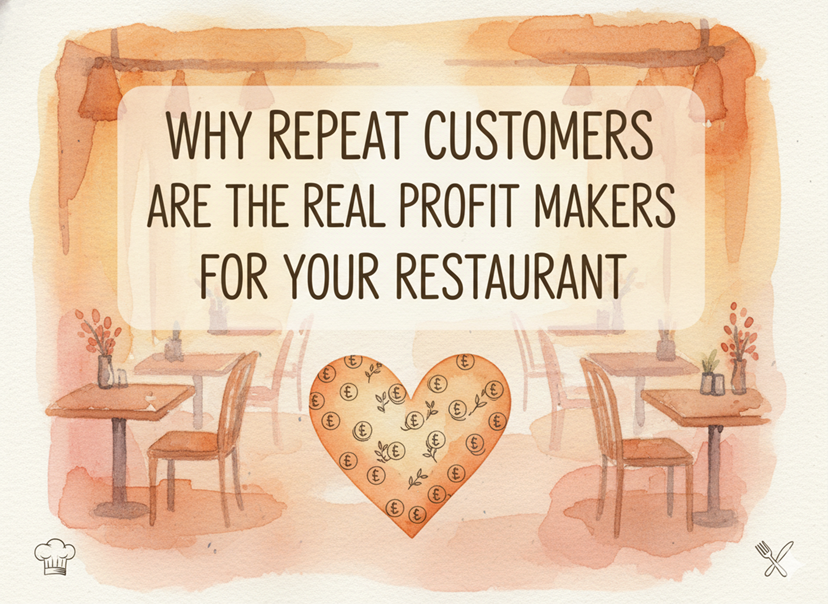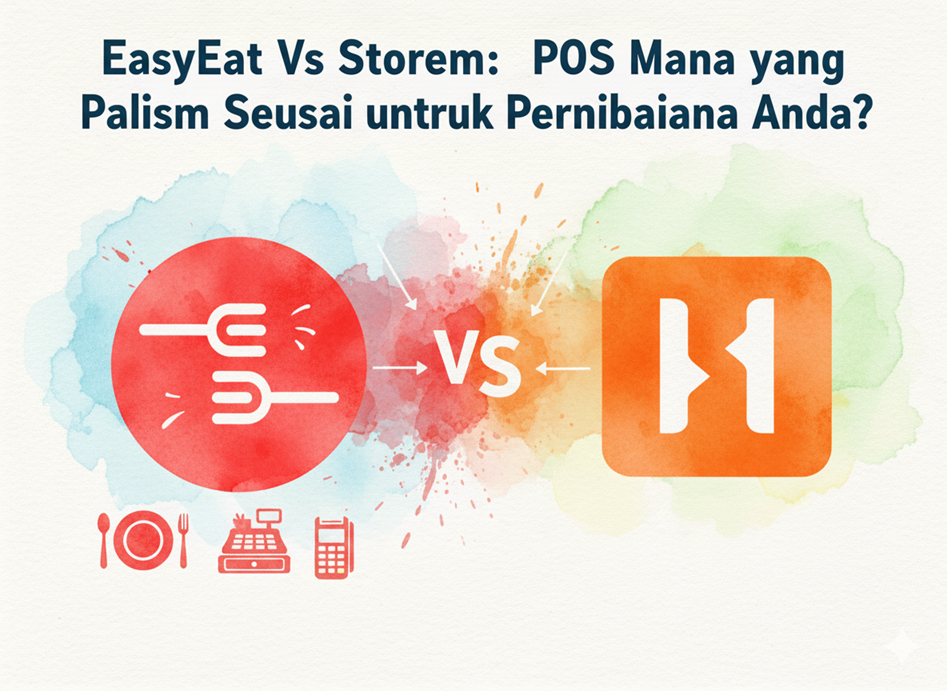Owning a food court can be rewarding, but it also comes with unique challenges. As a new food court owner, you might be asking yourself: when is the right time to expand? Should you add more vendors? Increase seating? Or open a second location? These are important questions. Making the right decision at the right time can help your food court grow steadily while remaining profitable.
In this guide, we’ll walk you through the key factors to consider before expanding. We’ll also look at how a food court POS system can help you stay on top of your operations and make informed decisions. Let’s get started!
1. Evaluate Your Current Performance
Before thinking about expansion, it’s essential to evaluate where your business stands right now. Expanding without knowing your current performance can lead to costly mistakes.
Sales and Profit Margins
Start by analyzing your sales and profit margins. Is your food court making steady profits each month? A good rule of thumb is to have at least 10-20% of monthly revenue as profit. For instance, if your food court earns RM100,000 monthly, aim for RM10,000-RM20,000 in profits to maintain a healthy margin.
Customer Traffic and Peak Times
Are you attracting enough customers throughout the day? Busy food courts often have peak hours during lunch and dinner. If your food court experiences consistent foot traffic throughout the day, it may be ready for expansion. You could track peak times using a food court POS system, which will help monitor customer flow and busy hours, giving you insights into when and how people dine at your court.
Vendor Waitlists
Is there a high demand for vendors wanting to join your food court? A waitlist for vendors could indicate your food court’s popularity and growth potential. It shows that the market is interested in your space, and you can add new vendors to draw in even more customers.
2. Assess Customer Demand and Satisfaction
Understanding customer demand and satisfaction is vital. You want to expand only if your customers want more options, better seating, or a different experience.
Surveys and Feedback
Conduct regular surveys or ask for feedback from customers. You can use digital feedback forms or a feedback feature in your food court POS system to gather insights. If many customers mention that they want more variety, it might be a good idea to add new vendors. Alternatively, if you receive feedback about long waiting times, think about adding more seating or improving service speed.
Repeat Customer Rates
Repeat customers indicate satisfaction and loyalty. If your food court has a high repeat customer rate, it means people enjoy the experience and will likely support an expansion. According to a study, 60% of repeat customers spend more per visit than new customers. Monitoring this data through your POS system can provide an accurate picture of customer loyalty.
3. Assess Your Financial Readiness
Expanding requires a significant investment. From renovations to marketing, each step will need funds. So, it’s essential to assess your finances before making any big decisions.
Capital for Expansion
First, check if you have enough capital to cover the expansion. Expanding seating, adding vendors, or opening a new location can cost anywhere from RM50,000 to RM200,000, depending on your city and target size. If you don’t have enough cash on hand, consider options like business loans, investor funding, or even reinvesting profits.
Cost-Benefit Analysis
Perform a cost-benefit analysis. Estimate the potential increase in revenue versus the costs of expansion. For example, if adding more seating will cost RM20,000 but is expected to bring in an extra RM10,000 per month in revenue, the investment could pay off within two months. This calculation can help you see if the expansion is financially wise.
4. Consider Your Food Court’s Current Capacity
Knowing the limits of your current space is crucial. A food court that’s too crowded can drive customers away. On the other hand, if it’s too empty, expanding might not be a smart choice.
Seating and Space Utilization
If you find that there’s often a lack of seating during peak hours, it might be time to add more seating areas. An ideal occupancy rate for a food court is around 70-80% during peak times. If your seating occupancy consistently exceeds this, you’re likely turning away potential customers.
Vendor Space Allocation
Are your current vendors operating efficiently in their spaces, or are some stalls too small to handle customer demand? Optimizing vendor spaces can increase efficiency and make room for additional vendors. A food court POS system can provide detailed reports on each vendor’s sales, helping you identify which ones need more space or resources to handle their demand.
5. Plan for New Vendors Strategically
Adding new vendors is often the first step when expanding a food court. However, the decision should be strategic. Adding too many vendors too quickly can dilute your brand or overcrowd your space.
Focus on Variety and Demand
Consider the type of vendors that could complement your existing offerings. If your food court already has many fast-food options, adding a healthy food vendor or a dessert stall could appeal to a broader audience. According to a recent survey, 40% of food court customers prefer a variety of options, with healthy food and dessert options being in high demand.
Stagger the Vendor Introduction
If you’re adding multiple vendors, introduce them gradually. Start with one or two new vendors, see how they perform, and then decide if you need more. This staggered approach allows you to assess customer response and adjust your expansion plan as needed.
6. Analyze Market Trends and Competition
Keeping an eye on market trends can help you identify the right time to expand. The food court industry has grown significantly, with some markets reporting a 10-15% increase in demand for food courts over the past few years. Understanding these trends will help you make informed decisions.
Nearby Competition
Are there other food courts or dining options opening nearby? If competition is growing, expanding could help you stand out and attract more customers. Adding unique vendors, more seating, or opening a new location in a nearby area could prevent losing customers to new competitors.
Popular Food Trends
Pay attention to trending foods and cuisines. For example, vegan and plant-based options have been in high demand lately. If these trends align with your audience, adding vendors that offer such options could help boost traffic.
7. Evaluate Operational Readiness
Expanding a food court means managing more vendors, customers, and spaces. Ensuring operational readiness is essential to maintaining smooth operations during and after the expansion.
Technology and Systems
Having an efficient food court POS system is key when expanding. It will help you manage vendor sales, track inventory, and monitor customer flow. With more vendors and customers, you’ll need a system that can handle increased data without glitches. The POS system should offer multi-vendor management, inventory tracking, and customer data insights to streamline operations across the expanded space.
Staff and Service
You may need more staff to manage an expanded space, so consider hiring and training additional employees. Train existing and new staff to handle higher customer volumes efficiently. Good customer service is crucial, especially during busy hours. A well-trained team will ensure customers have a positive experience even in a larger, busier space.
8. Test Expansion Plans with Temporary Changes
If you’re unsure about expanding permanently, consider testing it with temporary changes. For example, host pop-up vendors for a month to see if they attract more customers. Rent additional seating or rearrange the layout temporarily to gauge customer response. These small changes can give you valuable insights without requiring a full commitment.
Expanding a food court is an exciting but challenging step. By analyzing your current performance, understanding customer demand, assessing your finances, and ensuring operational readiness, you can make informed decisions that lead to sustainable growth.
A reliable food court POS system can help you monitor key metrics and stay on top of operations during this process. Use it to track sales, manage inventory, and collect feedback to make data-driven expansion decisions.
Remember, growth is a journey. Expanding when the time is right and based on solid data will help you avoid unnecessary risks. Start small, test your plans, and focus on providing the best experience for your customers. By following these steps, you’ll be on the path to making your food court a thriving, profitable business.




